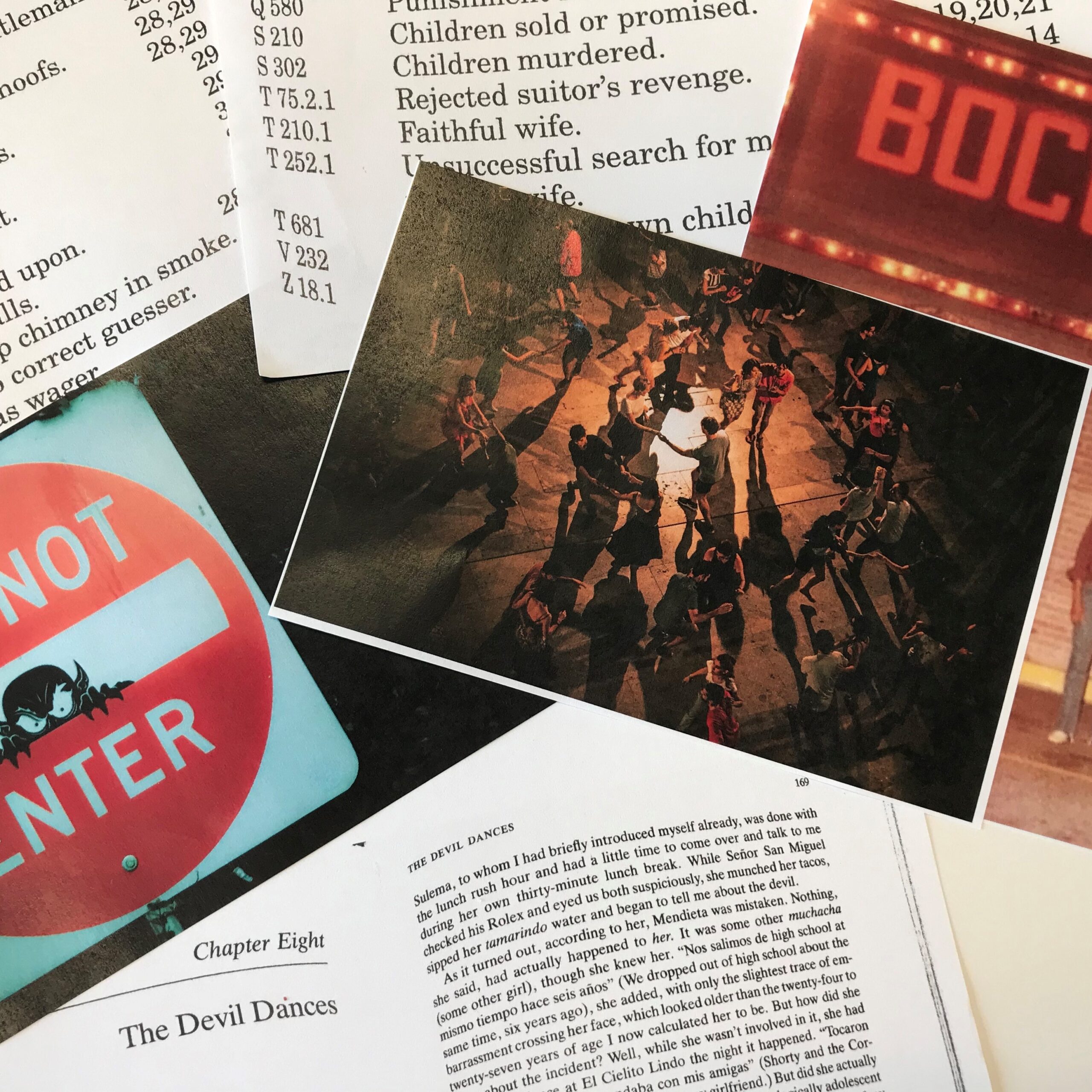In a world where art often takes center stage, the enigmatic performance known as "marquee dancing for the devil" captures the imagination of many. This unique form of dance intertwines the supernatural with artistic expression, drawing audiences into a realm where the lines between reality and fantasy blur. As we delve deeper into this captivating phenomenon, we will explore its origins, significance, and the cultural impact it has made over the years.
Marquee dancing for the devil transcends mere entertainment; it serves as a powerful metaphor for the struggles and triumphs of the human spirit. Dancers, often adorned in elaborate costumes, convey emotions that resonate with the audience on a profound level. This dance form invites viewers to confront their fears, desires, and the darker aspects of existence, all while celebrating the beauty of movement and rhythm.
As we embark on this exploration of marquee dancing for the devil, we will uncover the stories behind its most iconic performances, the key figures who have shaped its legacy, and the impact it has had on modern dance. Join us as we unravel the mysteries and celebrate the artistry that makes this dance form so compelling.
What is Marquee Dancing for the Devil?
Marquee dancing for the devil is a theatrical dance performance that combines elements of traditional dance with dramatic storytelling. It often features themes of temptation, inner conflict, and the eternal struggle between good and evil. This dance form is characterized by its elaborate settings, intricate choreography, and a captivating narrative that engages the audience on multiple levels.
How Did Marquee Dancing for the Devil Originate?
The origins of marquee dancing for the devil can be traced back to the early 20th century, where it emerged from the fusion of various dance styles and theatrical performances. Influenced by the burgeoning cabaret scene, performers began to experiment with different forms of expression, leading to the creation of this unique dance genre. Over the years, marquee dancing has evolved, incorporating elements from various cultures and artistic movements.
Who Are the Pioneers of Marquee Dancing for the Devil?
Throughout its history, several individuals have significantly influenced the development of marquee dancing for the devil. Notable figures include:
- Irene Castle - A famous dancer and choreographer in the early 1900s, she popularized the dance form and brought it to mainstream audiences.
- Bill Robinson - Known for his exceptional tap dancing skills, Robinson incorporated elements of marquee dancing into his performances, captivating audiences with his unique style.
- Martha Graham - A pioneer of modern dance, Graham's work often explored themes of struggle and conflict, making her a natural fit for the world of marquee dancing.
What Are the Key Elements of Marquee Dancing for the Devil?
Marquee dancing for the devil is characterized by several key elements that contribute to its unique appeal:
- Costumes: Elaborate costumes are essential to the performance, often featuring dramatic designs that reflect the themes of the dance.
- Choreography: The choreography is typically complex and expressive, allowing dancers to convey a wide range of emotions and narratives.
- Music: The musical accompaniment sets the tone for the performance, enhancing the emotional impact of the dance.
- Lighting: Strategic lighting is used to create atmosphere and highlight key moments within the performance.
What Impact Has Marquee Dancing for the Devil Had on Modern Dance?
Marquee dancing for the devil has left an indelible mark on contemporary dance forms. Its influence can be seen in various styles, including theater dance, contemporary dance, and even ballet. Many modern choreographers draw inspiration from the themes and techniques found in marquee dancing, creating innovative works that pay homage to this rich tradition.
How Can One Experience Marquee Dancing for the Devil Today?
For those interested in experiencing marquee dancing for the devil, several avenues are available:
- Live Performances: Attend theater productions or dance showcases that feature marquee dancing as part of their repertoire.
- Dance Workshops: Participate in workshops that focus on this dance style, allowing individuals to learn the techniques and movements associated with marquee dancing.
- Online Classes: Many dance instructors offer online classes that cover the fundamentals of marquee dancing, making it accessible to a wider audience.
What Can We Learn from Marquee Dancing for the Devil?
Marquee dancing for the devil teaches us about the complexity of human emotions and the importance of self-expression. It encourages individuals to confront their fears and embrace their vulnerabilities while celebrating the beauty of creativity. The dance form serves as a reminder that art can be a powerful tool for exploration and understanding of the human experience.
Conclusion: The Enduring Legacy of Marquee Dancing for the Devil
Marquee dancing for the devil continues to captivate audiences and inspire artists around the world. Its rich history and profound themes offer a glimpse into the power of dance as a form of artistic expression. As we reflect on the legacy of marquee dancing, we are reminded of the importance of embracing creativity and the transformative nature of art.
Biography of a Notable Marquee Dancer
| Name | Date of Birth | Nationality | Notable Works |
|---|---|---|---|
| Mariah Evans | January 15, 1980 | American | The Devil's Ball, Midnight Whispers |
Mariah Evans is a renowned marquee dancer whose performances have left a lasting impact on the world of dance. With a career spanning over two decades, she has been instrumental in shaping the modern interpretation of marquee dancing for the devil. Her innovative choreography and captivating stage presence have garnered her numerous accolades and a dedicated following.
As we continue to explore the world of marquee dancing for the devil, we celebrate the artistry and passion of those who dedicate their lives to this extraordinary form of expression. The journey through this captivating dance form is one that transcends time and continues to inspire generations to come.



